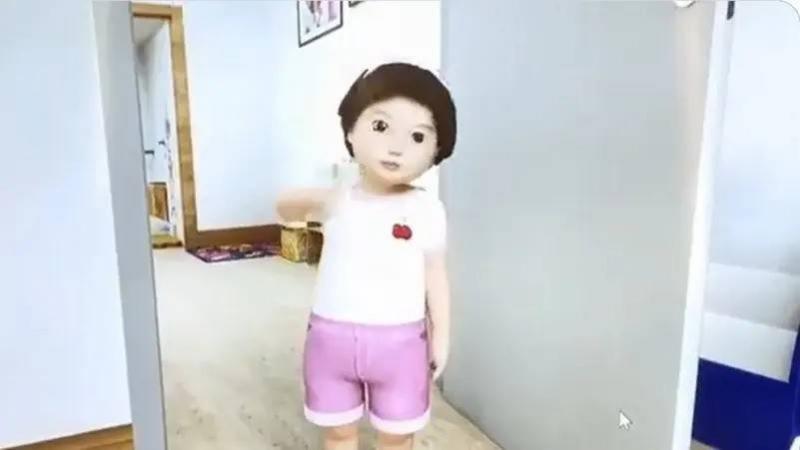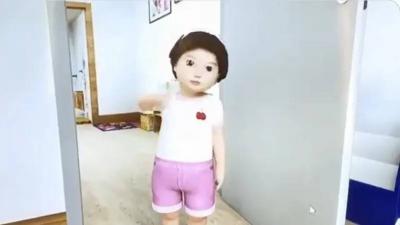Artificial intelligence inventions continue to amaze us day after day. In the latest innovative trend, scientists from the Beijing Institute for General Artificial Intelligence (BIGAI) revealed a new robot described as "the world's first AI child robot," named "Tong Tong."
According to the Daily Mail, this small robot is capable of performing several tasks, independent learning, and exploring its surroundings, as well as expressing specific emotions, according to its developers. Scientists unveiled "Tong Tong" at the General Artificial Intelligence Technology Exhibition held in Beijing at the end of January. Unlike other AI-powered robots, "Tong Tong" can operate within an interactive virtual environment, demonstrating tasks that reflect the intelligence and capabilities of a three to four-year-old child.
For example, the robot may respond to tasks such as adjusting a crooked photo frame. If the photo frame is too high, the AI robot will find a chair to reach it without external assistance. Scientists pointed out that "Tong Tong" has the ability to self-define tasks, unlike chatbots like ChatGPT or Google Bard, which only respond to tasks set by human clients. Additionally, some robots, such as Ameca (the most advanced humanoid robot in the world), operate according to human commands, requiring instructions to be carried out.
According to BIGAI, "Tong Tong" can identify new tasks for itself based on values and common sense similar to that of humans. At the exhibition, BIGAI's director, Xu Songxun, introduced the "Tong Test," intended as an alternative to the Turing Test for general artificial intelligence. While the "Turing Test" asks whether a person can tell if they are talking to artificial intelligence or a robot, the "Tong Test" examines a much broader range of issues. Its goal is to develop artificial intelligence capable of "learning and executing tasks in complex environments, driven by values and an understanding of causality."




